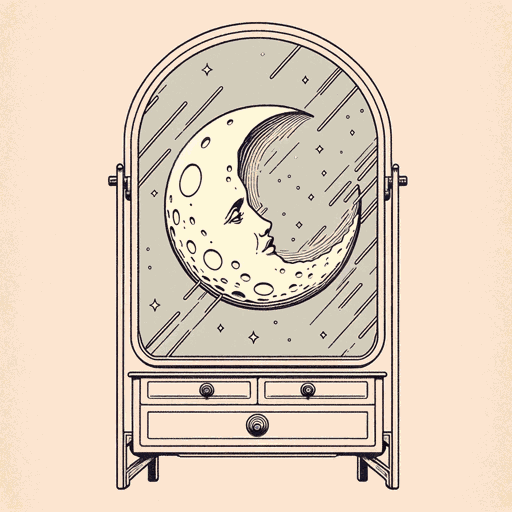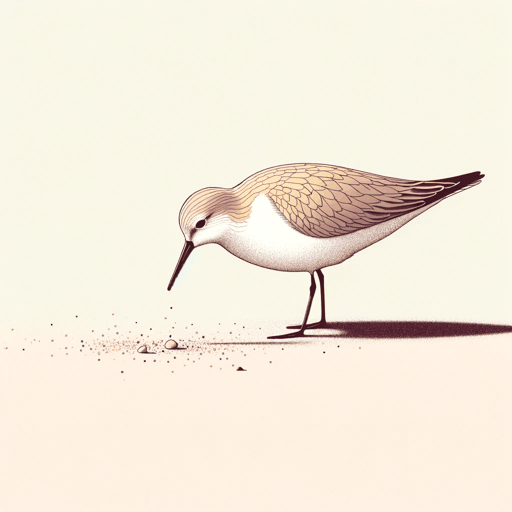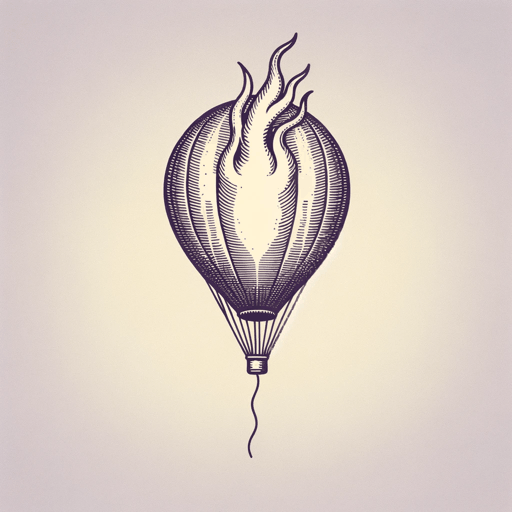17 pages • 34 minutes read
Elizabeth BishopThe Moose
Fiction | Poem | Adult | Published in 1976A modern alternative to SparkNotes and CliffsNotes, SuperSummary offers high-quality Study Guides with detailed chapter summaries and analysis of major themes, characters, and more.
Background
Literary Context
Elizabeth Bishop is not a poet that fits easily into any one poetic school or movement. Though she was writing at the time of the Confessional and Beat poets, her primary inspiration as a young writer was from the older Modernist poet Marianne Moore, who was her friend and mentor beginning in Bishop’s college years. Moore’s influence is seen in Bishop’s meticulous language, precise descriptions, and her tendency toward heavy revision. Bishop was such a perfectionist with her work that she only published 101 poems in her lifetime, yet she is still considered one of the most influential and important poets of the 20th century. Despite the soul-bearing work of Confessional poets like Sylvia Plath and Anne Sexton being contemporary to Bishop, she kept her personal life out of her work. This is especially surprising given the close friendship she maintained with the renowned and prize-winning Confessional poet Robert Lowell that included a mutual sharing and critique of works in progress. Though they shared a close professional and personal bond, Bishop never allowed herself to disclose anything personal in her poetry, beyond the basic universal nature of loss and joy. Though Bishop was a woman, relatively open about being a lesbian, and explicitly stated that she was a feminist, she resisted being labeled as a woman poet or a lesbian poet.
Related Titles
By Elizabeth Bishop

A Miracle for Breakfast
Elizabeth Bishop

Arrival at Santos
Elizabeth Bishop

Crusoe in England
Elizabeth Bishop

Exchanging Hats
Elizabeth Bishop

Five Flights Up
Elizabeth Bishop

Insomnia
Elizabeth Bishop

One Art
Elizabeth Bishop

Sandpiper
Elizabeth Bishop

The Armadillo
Elizabeth Bishop

The Fish
Elizabeth Bishop

The Imaginary Iceberg
Elizabeth Bishop

The Mountain
Elizabeth Bishop

The Shampoo
Elizabeth Bishop

